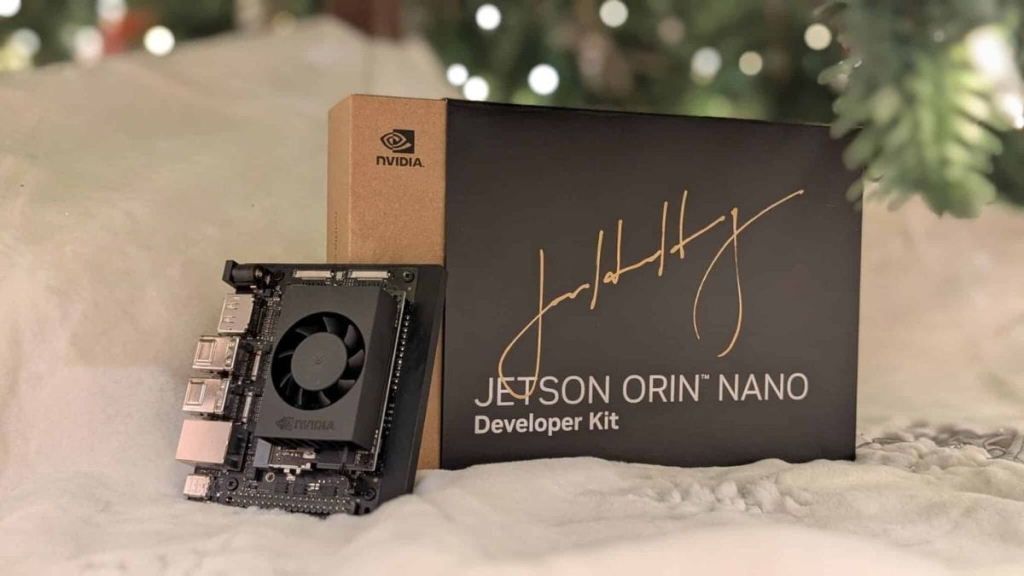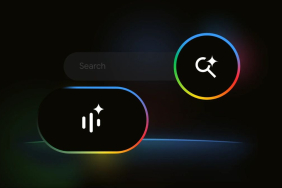Nvidia has launched a new compact artificial intelligence (AI) supercomputer called the Jetson Orin Nano Super, which serves as the successor to the Jetson Orin Nano released in March 2023. The company has highlighted that the latest model boasts enhanced performance, upgraded software, and a more attractive price point compared to its predecessor.
Nvidia Jetson Orin Nano Super Launched
In a recent blog post, Nvidia outlined the capabilities of its new AI supercomputer, which was also introduced in a presentation by CEO Jensen Huang. The Jetson Orin Nano Super is a compact device designed for a range of applications, including AI inference, development of large language model (LLM) tools, and robotics workflows. Priced at $249 (approximately Rs. 21,150), it is notably less expensive than its predecessor, which was offered at $499 (about Rs. 42,380).
The new AI processor promises a significant boost in generative AI inference performance, reportedly increasing performance by 1.7 times. Nvidia also claims a 70 percent enhancement in processing speed, reaching 67 8-bit Integer Tera Operations Per Second (INT8 TOPS) compared to the previous generation. Additionally, the device features improved memory bandwidth of 102GBps, marking a 50 percent increase over the earlier model.
Alongside hardware enhancements, Nvidia is integrating software updates designed to optimize the supercomputer’s capabilities further. The AI system is particularly efficient for tasks like creating retrieval-augmented generation-based chatbots that utilize large language models, developing visual AI agents, and powering AI-driven robots.
One of the key advantages of the Nvidia Jetson Orin Nano Super is its ability to accommodate foundation models, enabling developers to create a diverse array of tools and agents suitable for general use.
The included developer kit comprises a Jetson Orin Nano 8GB system-on-module (SoM) and a reference carrier board. The SoM features a Nvidia Ampere architecture GPU equipped with tensor cores and a six-core ARM CPU. Additionally, it supports up to four cameras, facilitating work with AI vision models.






